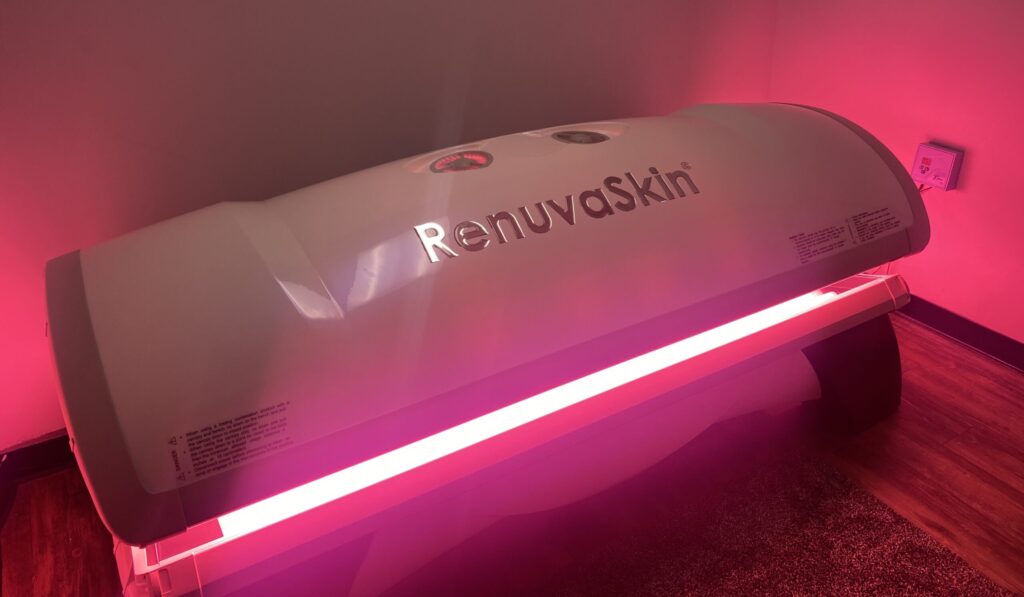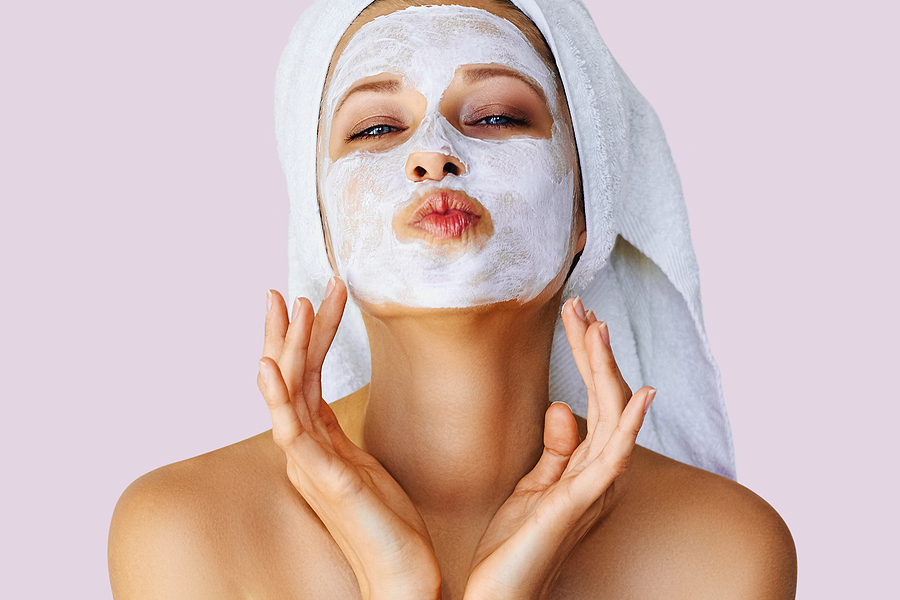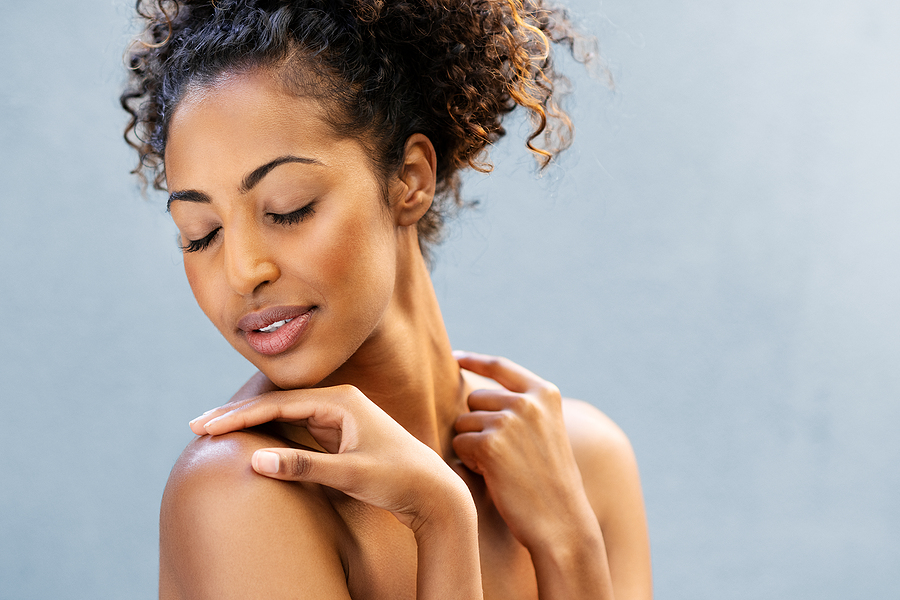You may have heard whispers about red light therapy in wellness circles or seen it offered at your local tanning salon. Its popularity is surging, and for good reason. From skin rejuvenation to pain relief, this non-invasive treatment is capturing the attention of health-conscious individuals and athletes alike.
This guide will illuminate what a red light therapy bed is, how it works, and the science-backed benefits it offers. We will also address common misconceptions and safety concerns, ensuring you have all the information needed to decide if this innovative therapy is right for you. By the end, you’ll understand why this treatment is becoming a staple for those seeking holistic wellness solutions.

How Does a Red Light Therapy Bed Work?
A red light therapy bed looks similar to a traditional tanning bed, but its function is entirely different. Instead of emitting ultraviolet (UV) rays that tan or burn the skin, these beds use low-level red and near-infrared light.
When you lie in a red light therapy bed, your body is exposed to specific wavelengths of light. These wavelengths penetrate the skin and are absorbed by your cells. This process energizes the mitochondria, the “powerhouses” of your cells, stimulating them to produce more adenosine triphosphate (ATP). ATP is the energy currency of the body, and an increase in its production can enhance cellular repair, regeneration, and overall function.
Think of it as giving your cells a gentle energy boost, helping them perform their natural functions more efficiently. This cellular-level activity is what drives the wide range of therapeutic benefits associated with red light therapy.
Key Benefits of Red Light Therapy
The applications of red light therapy are extensive, impacting everything from the surface of your skin to the muscles and joints beneath. The consistent use of a red light therapy bed can lead to significant improvements in several areas of your health and well-being.
Enhanced Skin Rejuvenation
One of the most celebrated red light therapy benefits is its effect on the skin. By stimulating collagen and elastin production, it helps improve skin tone, reduce fine lines and wrinkles, and promote a more youthful appearance. A study in the Journal of Cosmetic and Laser Therapy on “Photobiomodulation Therapy for Skin Rejuvenation” confirmed that red light therapy can significantly improve skin complexion and feeling. Regular sessions can help you achieve healthier, smoother, and more vibrant skin without invasive procedures.
Soothing Pain and Inflammation
For those dealing with chronic pain or muscle soreness, a red light therapy bed can offer substantial relief. The red and near-infrared light helps reduce inflammation and increase blood circulation, which accelerates the body’s natural healing processes.
Research published by the American Academy of Physical Medicine and Rehabilitation on “The Use of Low-Level Laser Therapy (LLLT) for Musculoskeletal Pain” supports its effectiveness in managing pain from conditions like arthritis and other joint issues.
Accelerated Muscle Recovery
Athletes and fitness enthusiasts are increasingly turning to red light therapy to speed up muscle recovery and enhance performance. The therapy helps reduce post-exercise inflammation and oxidative stress. According to a study in the Journal of Strength and Conditioning Research, red light therapy applied before or after exercise can mitigate muscle soreness and improve recovery times, allowing you to get back to your training routine faster.
View Our Indoor Tanning Bed Packages! ✨
Debunking Common Myths about Red Light Therapy
As with any popular wellness trend, misconceptions can arise. It’s important to separate fact from fiction to understand what red light therapy truly offers.
Myth 1: Red light therapy is the same as UV tanning.
This is a critical distinction. Red light therapy tanning beds do not use UV light. The red light wavelengths are non-ionizing and do not cause tanning, burning, or skin damage. Unlike indoor tanning, which carries risks associated with UV exposure, red light therapy is a therapeutic treatment designed to heal and rejuvenate.
Myth 2: It’s only for cosmetic purposes.
While the skin benefits are impressive, they are only part of the story. Red light therapy provides significant therapeutic benefits, including pain relief, reduced inflammation, and faster muscle recovery. It is a holistic wellness tool that addresses both aesthetic concerns and physical well-being.
Myth 3: Red light therapy is unsafe.
When used correctly and with proper precautions, red light therapy is considered safe and non-invasive. The risks are minimal, especially compared to more aggressive treatments. Following safety guidelines, such as wearing eye protection, ensures a secure and positive experience.
Myth 4: It’s a one-time fix.
Results from red light therapy are cumulative. It is not a magical one-time solution. Consistent, regular sessions are necessary to achieve and maintain the desired benefits. Think of it as a workout for your cells—consistency is key.
Myth 5: It doesn’t actually work.
The efficacy of red light therapy is supported by a growing body of scientific research. Numerous peer-reviewed studies have demonstrated its positive effects on skin health, pain management, and muscle recovery, validating its use as a legitimate therapeutic modality.
How to Prepare for Your Red Light Therapy Session
To get the most out of your experience at Broad Ripple Tans, a little preparation goes a long way. Following these simple steps will help ensure your session is both safe and effective.
- Start with shorter sessions: If you are new to red light therapy, begin with 5-10 minute sessions to see how your skin responds. You can gradually increase the duration as you become more comfortable.
- Always wear protective eyewear: The light can be bright. We provide protective eyewear at our Indianapolis salon, and you must wear it during your session to prevent any potential eye strain or damage.
- Cleanse your skin: Arrive with clean, dry skin. Remove all makeup, lotions, or creams, as they can block the light from penetrating effectively. It’s also best to remove jewelry.
- Follow a recommended schedule: For the best results, we typically recommend sessions 3-5 times per week, especially when you are first starting. Our staff can help create a schedule tailored to your goals.
- Stay hydrated: Drink plenty of water before and after your session to support your body’s cellular processes and detoxification.
- Consult with our staff: The team at Broad Ripple Tans is here to help. We can answer your questions and provide personalized recommendations to help you achieve your wellness objectives.
Begin Your Path to Enhanced Wellness
Red light therapy offers a powerful, non-invasive way to improve your skin, manage pain, and accelerate recovery. By understanding how it works and what to expect, you can confidently incorporate this treatment into your wellness routine. The benefits of using a red light therapy bed are backed by science, offering a safe and effective path to looking and feeling your best.
Ready to experience the rejuvenating power of red light therapy for yourself? Visit Broad Ripple Tans in Indianapolis and let our expert team of indoor tanning consultants guide you.
Book Your Red Light Therapy Session
Related Post: Essential Tips for Using the California Contour Tanning Shield









